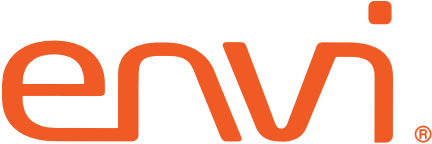Purchase Order Creation Best Practices
“Driving standardization is key to savings and control. With good purchasing data, we’ve been able to reduce the number of items we buy within product categories and the number of vendors from which we purchase.”
Rami Nofal, Touchstone Medical Imaging
Drive internal buyers toward approved products
Increase accessibility and visibility to more of your purchasing data for reporting
Improve contract utilization
Step 1: Leverage Technology to build your system foundation and capabilities
???? Deploy a Materials Management Information System (MMIS) built for healthcare organizations
– Healthcare specific expertise will help bridge the continuum-of-care and give you the features needed for contracting and price management, item management, reporting and analytics


Step 2: Create an electronic purchase order for everything
???? Capture your spend, build visibility and improve reporting on your purchasing
– Include all medical-surgical, capital, maintenance and agreements for services
– Exclude utilities and travel & entertainment expenses
Step 3: Build an approved product formulary
???? Take control of what’s being purchased – whether your ordering is centralized or spread among a wide variety of facilities and locations
???? Creating an approved, standardized formulary helps ensure
– Better contract and pricing negotiation
– Quality standards
– Spend and product consistency
– Visibility to overall ordering and spend
– A streamlined end-user experience

Step 4: Maximize contract performance
???? Managing all of your spend through purchase orders will help achieve alignment with available contracts
???? Ensure right price, right contract is utilized

Step 5: Target the highest possible EDI rate for greatest automation
???? You’ll get better visibility to information when you have more data captured by your systems and better reporting tools
???? Establish your purchase order “food chain”
– EDI
– Fax
– Phone orders
Step 6: Set up users with proper security, roles and responsibilities
Step 7: Create a process to make and approve change to purchase orders
Step 8: Build your GL classification coding
???? Include cost center and ledger numbers
???? Gain access to richer spend data by classifying spend by your budget codes



